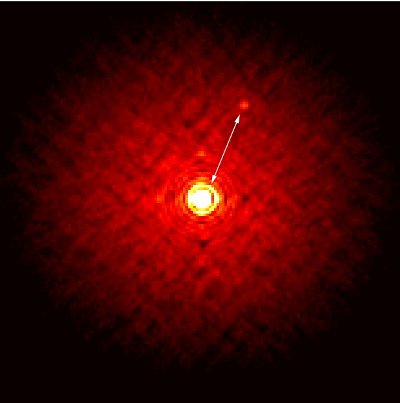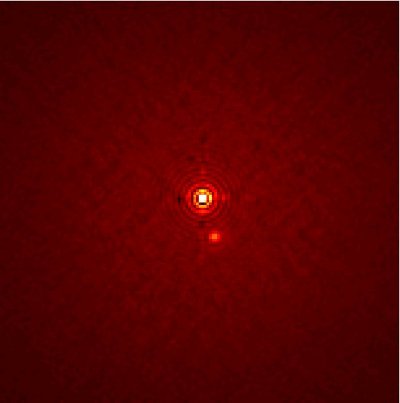

|
Speckle interferometry of magnetic stars |
Russian version |
|
According to the current estimates, a few percent of Main Sequence B5-F5
stars reveal strong surface magnetic fields reaching the values of tens
of kilogauss, which is an order of magnitude greater than the maximal
magnetic field in sunspots. There are currently two dominating theories
explaining the mechanism of generation of strong magnetic fields: the
theory of a relic magnetic field and the dynamo theory. However, a lot
of problems associated with the formation and evolution of magnetic
stars do not find a full explanation within the currently available
theories. This applies to the physical properties of magnetic stars,
their multiplicity, the observed chemical composition anomalies, the
effect of slow rotation of a number of magnetic stars and so on. An
important direction in the study of magnetic stars is the study of
binary and multiple systems with magnetic components using the
techniques of spectroscopy and high angular resolution interferometry.
A speckle interferometry program for studying the magnetic stars
multiplicity is currently running at the BTA telescope. We have
carried out interferometric observations of a sample 160 chemically
peculiar Ap/Bp stars with proven global magnetic fields. Thirty-eight
systems were resolved into individual components. Some systems
(e.g., HD 5797, HD 144334, HD 213918) were detected for the first time.
As an example, Figure 1 shows reconstructed images of two new binary
systems with magnetic components. Given the published data on the
spectroscopic and visual observations of the stars from the considered
sample, we conclude that, contrary to the current views, the proportion
of double and multiple magnetic stars does not differ from their
non-magnetic counterparts.
|
|


Fig.1. The images of the newly discovered on the BTA binary systems with magnetic components, reconstructed from bispectrum: HD 64486 (left panel), filter 800/100nm, Δm=3.43±0.02mag, ρ=0".350±0.002, <Be>=855±513G and HD 103498 (right panel), filter 800/100nm, Δm=1.81±0.02mag, ρ=0".138±0.001, <Be>=333±138G. |